Spathodea campanulata P. Beauv.
| Etymology | Genus | Spathe-shaped; referring to the calyx |
|---|---|---|
| Species | Bell-shaped; referring to the flower | |
| Family | Bignoniaceae | |
| Synonyms | Bignonia tulipifera Schum., Spathodea tulipifera (Schum.) G.Don | |
| Common Names | African Tulip | |
| Status | Exotic: Naturalised | |
| Form | Tree | |
| Native Distribution | Tropical west Africa | |
Diagnostics:
Spathodea campanulata is a common tree found in our secondary forests. The tree has straggly branches, pinnate leaves, and with a pair of rounded stipules at the leaf base. It flowers frequently, and the red flowers makes they easily identifiable.
Interesting Facts:
The African Tulip was one of our early pioneers of cultivated greenery. It was introduced to Singapore in 1910 from Europe (Rao & Wee, 1989).The late Professor Holttum, then director of Singapore Botanic Gardens also mentioned that of the tree: "A fine tree is a magnificent sight, but unfortunately too many of the trees in Singapore are not of the finest." (Holttum, 1936). This is because of its straggly form, frequent diebacks and branches being proned to snapping; and eventually made it fall out of favour. By then, it has already naturalised itself in our secondary forests.
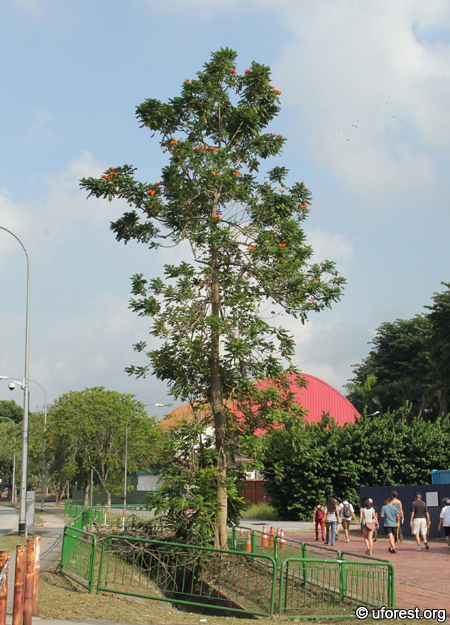
A lone tree in Queenstown.
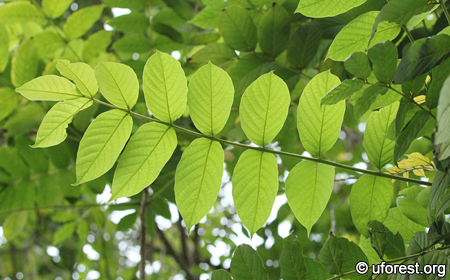
Compound leaf.
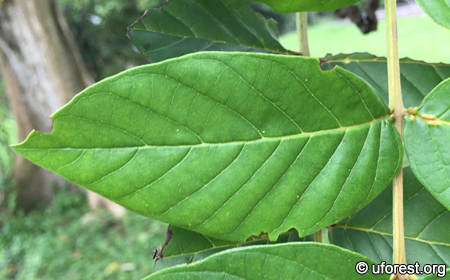
Leaflets; note there that is a paired of swollen glands at the tip.
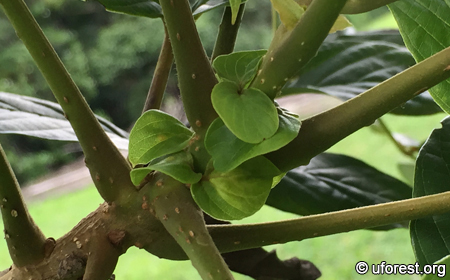
Paired round stipules.
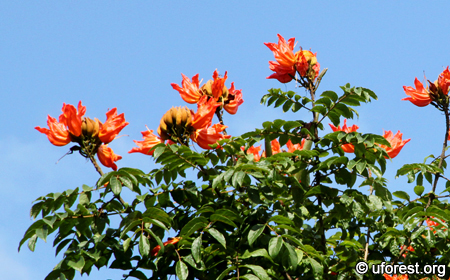
Inflorescences from a distance.

Inflorescences closed up.

Upward pointing fruit pods.
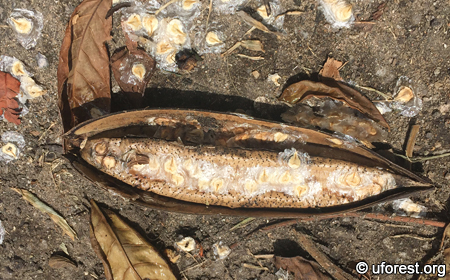
Winged seeds.
References
Rao AN & WC Wee (1989) Singapore Trees. Singapore Institute of Biology, Singapore. 357 pp.RE Holttum (1936) Over 2,000 Kinds of Trees in Malaya. The Singapore Free Press and Mercantile Advertiser, Singapore. 19-Mar-1936.
Author: Siyang
Posted: 2015-04-12 / Modified: 2017-12-25
Google Ads